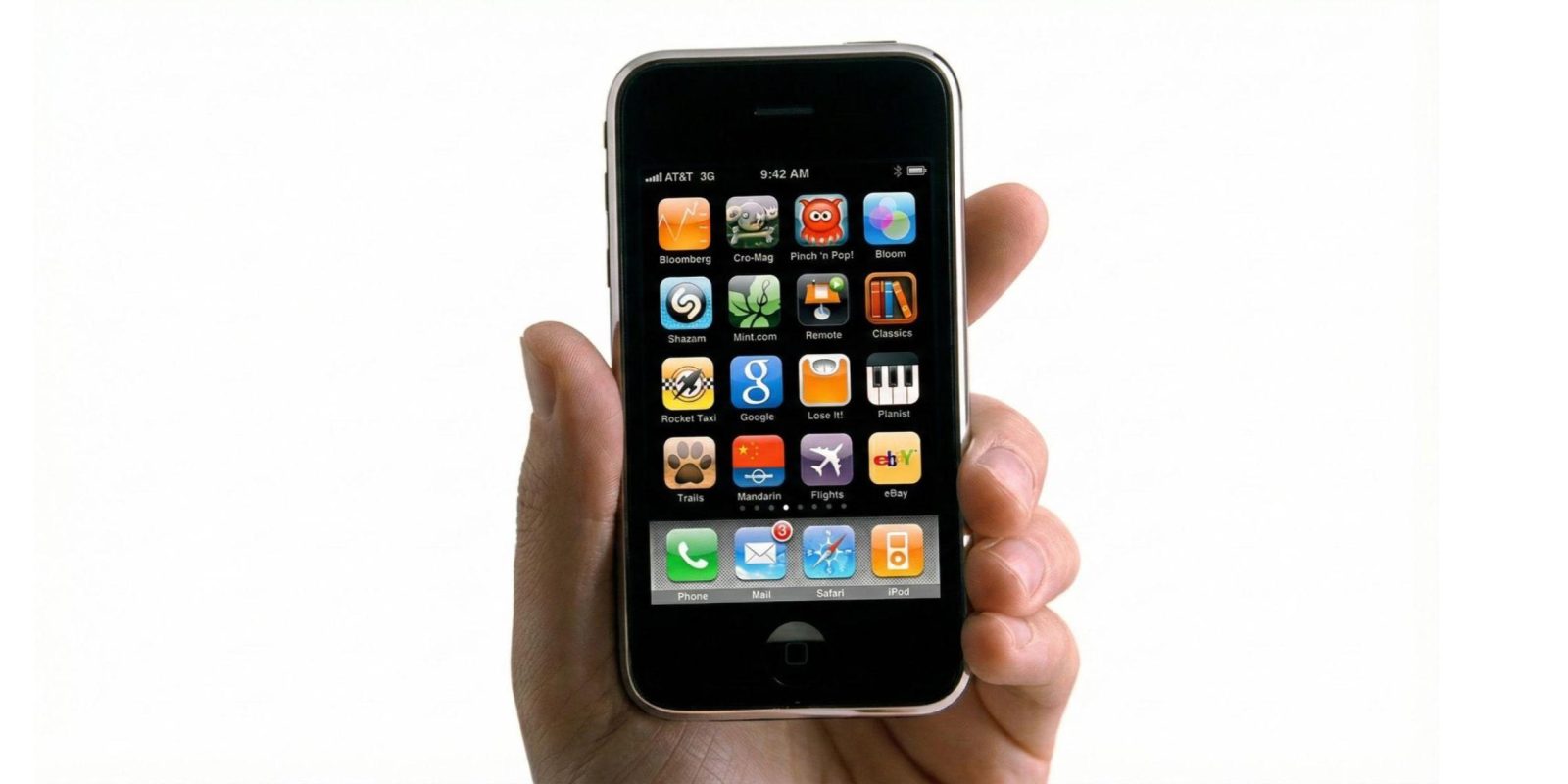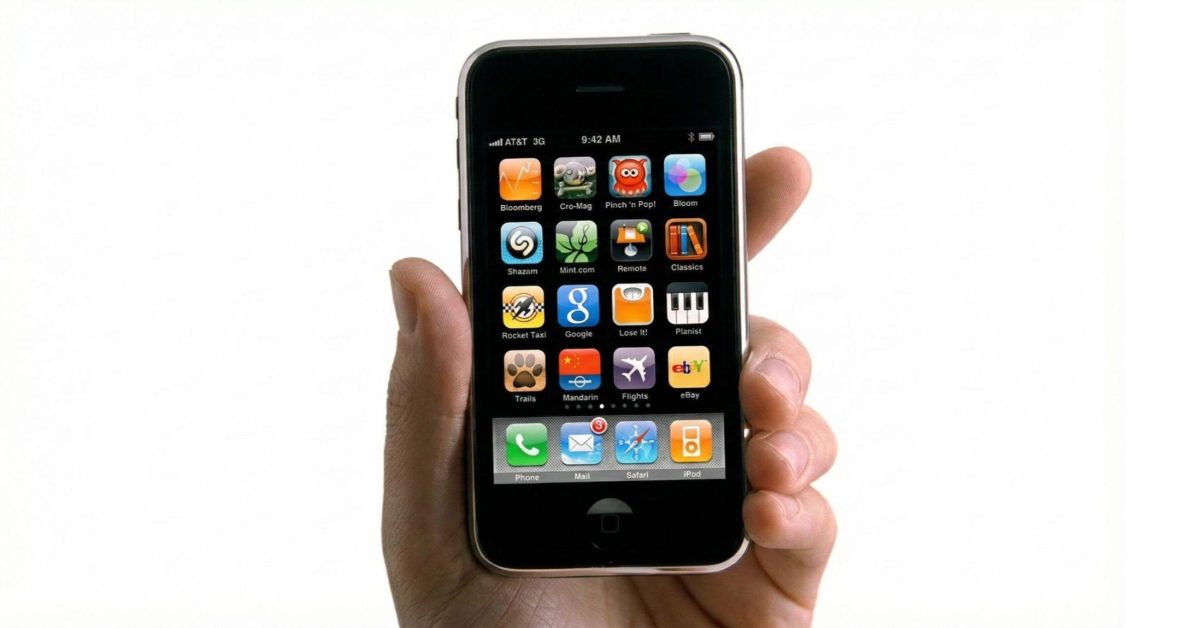
The most important thing Google announced last week is generative UIs. Fully embraced by Gemini 3, I think generative AI and interfaces will lead to a new generation of apps, but not in the way you think.
9to5Google has a rebooted newsletter that highlights the biggest Google stories with added commentary and other tidbits. Sign up here!
Generative UIs create “visual experiences and interactive interfaces — such as web pages, games, tools, and applications — that are automatically designed and fully customized in response to any question, instruction, or prompt.”
In gemini.google.com, your Tools menu with Gemini 3 Pro either has Dynamic view or Visual view. The former uses Gemini 3’s coding capabilities to create a custom user interface, while the latter basically gives you sliders and filters to customize a “magazine-style view.” AI Mode uses gen UI to add interactive tools and simulations, as well as tables, grids, and images, so that the “final output isn’t just informative, but clear and actionable.”
Advertisement – scroll for more content
The Gemini app has you manually enable Dynamic or Visual views, but there’s clearly a future where it will automatically decide when a prompt is best served by gen UI.
Generative interfaces address the text-heavy nature of chatbots that I’m sometimes still (even a few years later) surprised people have wholeheartedly adopted. Instead of requiring a text prompt to refine a query, why not just show them a graphical interface to do so?
The ones I’ve used so far (a custom map of locations) have looked excellent and presented information better than the source, while adding other information from the web. It was so much simpler than visiting Google Maps where there was extra info like phone numbers and ETAs.
Looking beyond answers to prompts, I think generative UI will have a groundbreaking impact on mobile apps. However, I don’t think the biggest contribution will be letting people create custom user interfaces. For the most part, I think most people are fine with the Clock or Calendar app. If they don’t, the app store is right there.
Rather, gen UI will let you create entirely new applications that are customized and specifically suited for a particular need that no other person might have.
Google’s AI Mode example last week was getting a custom-built interactive loan calculator or a physics simulation.
I feel like the future of generative AI and UI is asking for help with purchasing a home and then getting an application that helps you. This generated guide will have step-by-step instructions (the web), while encompassing the functionality of several apps from calculators to spreadsheets, as well as calendars and reminders. Imagine relevant emails appearing with the full ability to read and reply, or having the RCS chat with your broker appearing inline to reference and quickly ask questions. Key to this is everything still syncing back to the apps people are familiar with when they want an overview of their day.
In the case of Android, imagine being able to add it to your homescreen like a PWA (Progressive Web App) complete with icons and notifications.
In the education use case, you go from a response to a full-blown learning app that offers structured lessons, reminders, quizzes, and more.
Since the Google Now era (as I keep returning to), I’ve been obsessed with the idea of what breaking the app paradigm would look like. I’ve long thought that applications are ultimately data silos, and that there should be some Now-esque feed that brings it all together. Instead of going to a specific app to access what’s ultimately your information, data should be able to appear in a centralized feed alongside everything else that’s yours.
I no longer think that anything is going to replace the paradigm that is opening an app from your homescreen. The app model is too entrenched and how people expect to use their primary computing devices.
Instead, the model I see happening with gen UI is that common app functionality can be invoked and curated to create a specific experience as the user requires it. You go from task completion requiring several different app visits to everything being in one place. It “there’s an app for that,” but for the personalized AI era.
FTC: We use income earning auto affiliate links. More.




